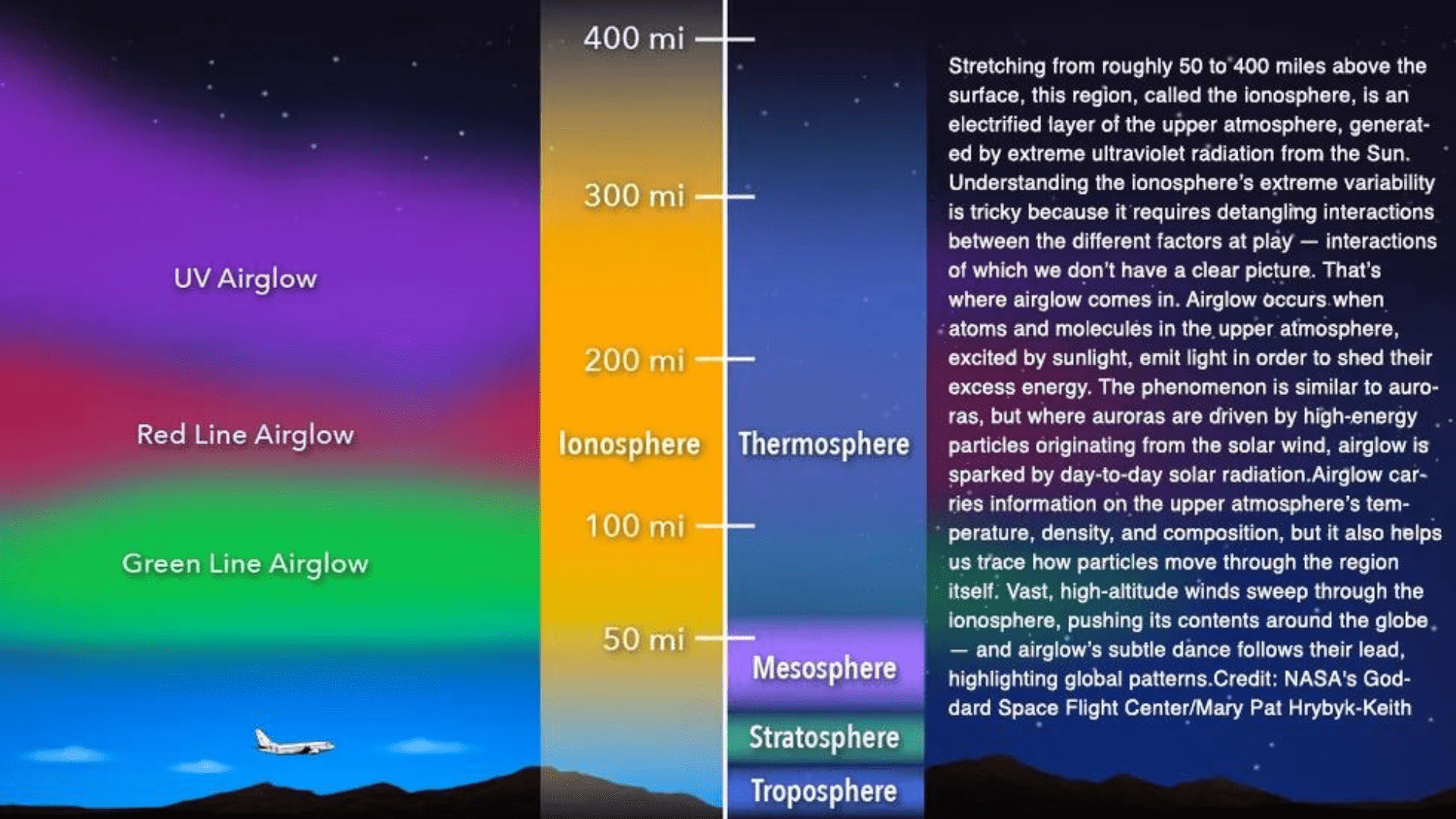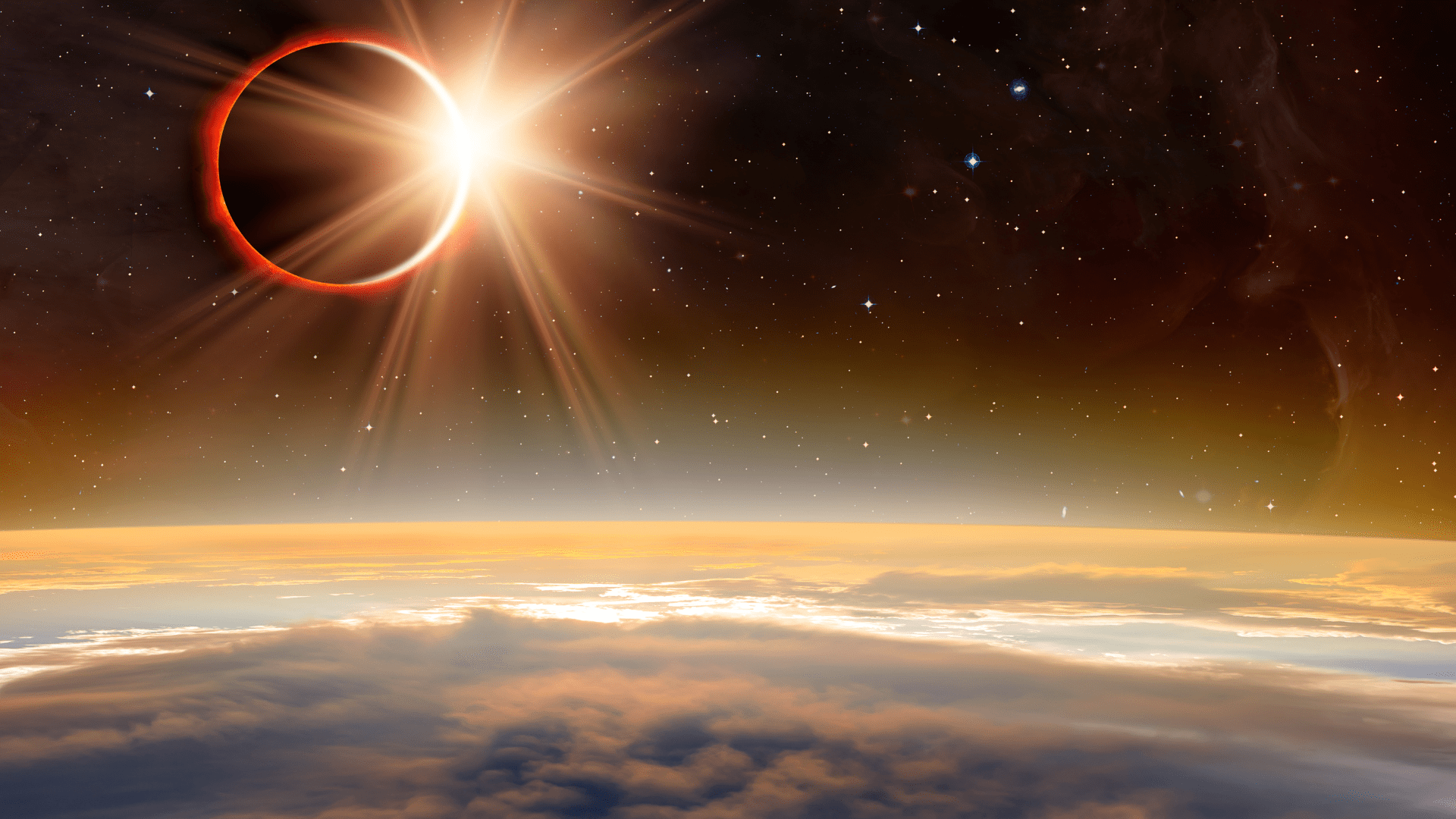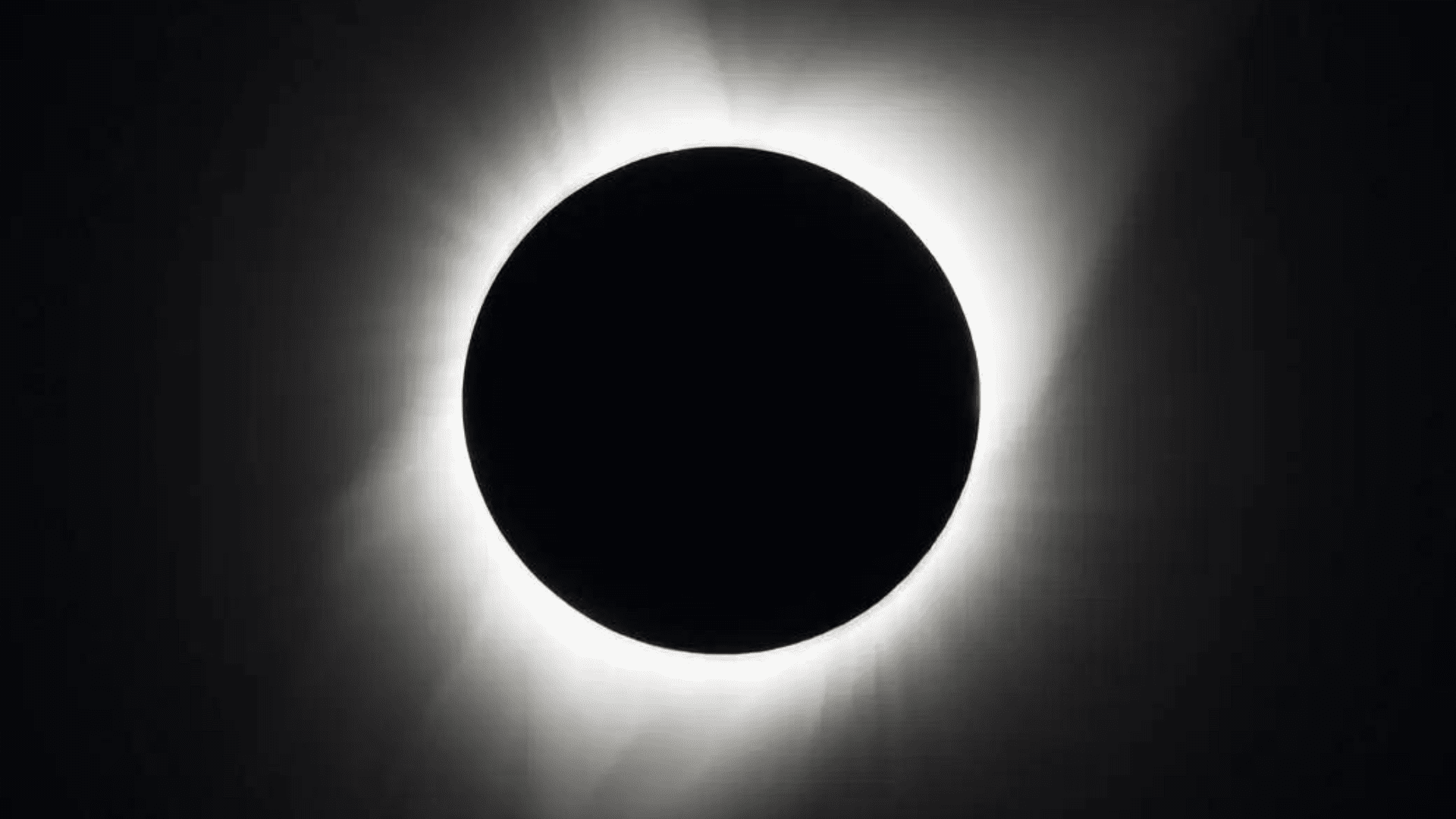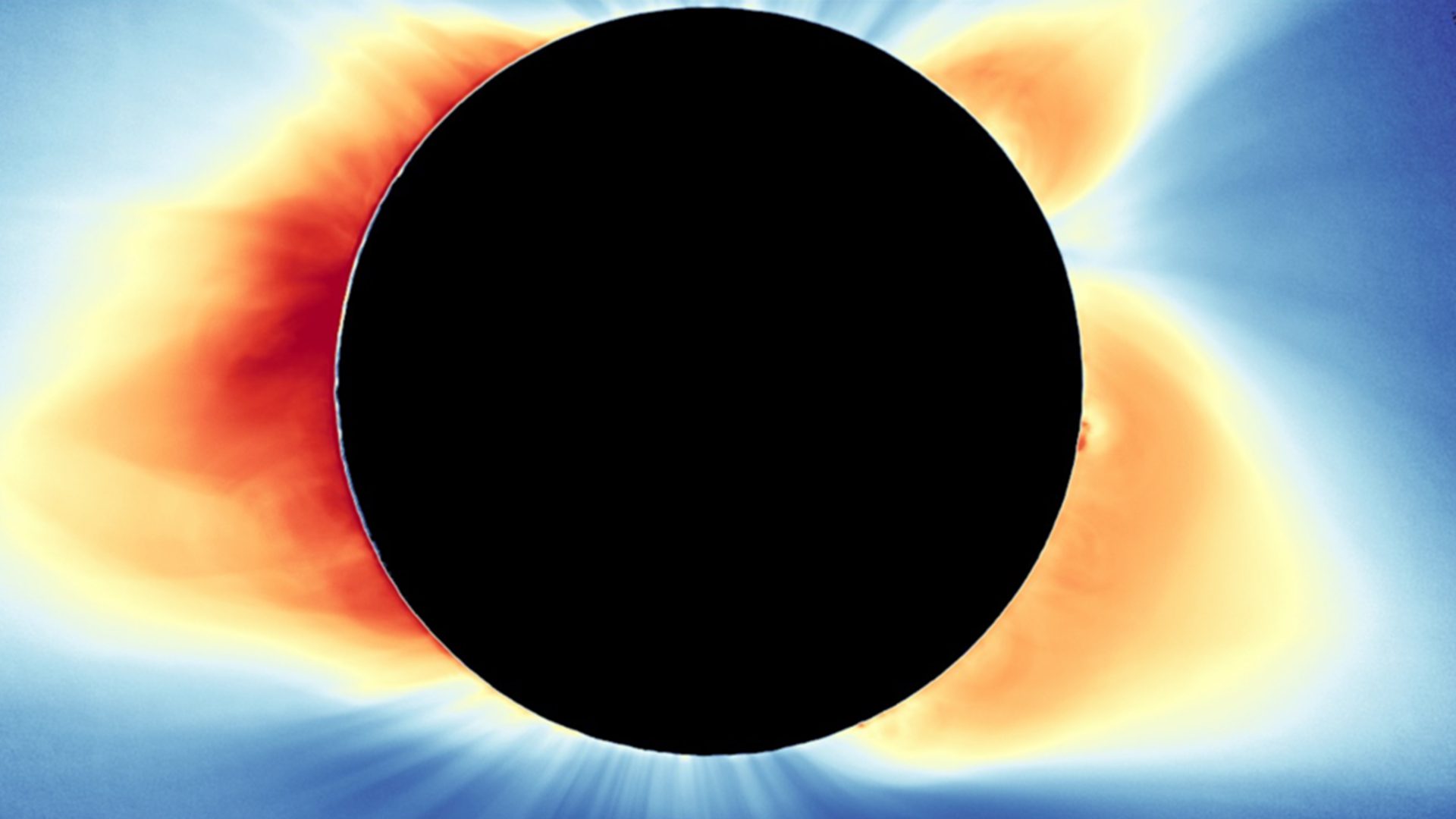While we all safely look up at the Sun during the total solar eclipse, NASA will look closely from Earth’s upper atmosphere. NASA will launch three rockets on April 8 to study how the upper atmosphere is affected during a solar eclipse.
The Ionosphere

For a brief moment, the Moon will make its way in front of the Sun, dimming parts of the Earth. NASA wants to know how this impacts the ionosphere. The ionosphere is a region of the Earth’s atmosphere 55 to 310 miles above the ground. Aroh Barjatya is leading the mission. He is a professor of engineering physics at Embry-Riddle Aeronautical University in Florida. Barjatya also directs the Space and Atmospheric Instrumentation Lab. He explains what the ionosphere is, “It’s an electrified region that reflects and refracts radio signals, and also impacts satellite communications as the signals pass through”
This region of the Earth’s atmosphere plays an important role. It forms a boundary between the lower atmosphere, where we live, and the vacuum of space. Studying this region is important to NASA scientists. Barjatya said, “Understanding the ionosphere and developing models to help us predict disturbances is crucial to making sure our increasingly communication-dependent world operates smoothly.”
A sea of particles makes up the ionosphere and depends on the Sun’s energy to recharge. When night falls, the atmospheric region thins out as the ionized particles recombine into neutral particles. However, Earth’s weather is constantly changing, making it difficult to know what the ionosphere will be like at any given time.
Explore Tomorrow's World from your inbox
Get the latest science, technology, and sustainability content delivered to your inbox.
I understand that by providing my email address, I agree to receive emails from Tomorrow's World Today. I understand that I may opt out of receiving such communications at any time.
Studying a Solar Eclipse’s Impact

It’s difficult for scientists to study short-term changes in the ionosphere during a solar eclipse with satellites because they may never cross the eclipse’s path. Because we know the exact date and time of the solar eclipse, NASA can launch sounding rockets to study the impact of the eclipse. The sounding rockets will launch three times: 45 minutes before, during, and 45 minutes after the peak local eclipse. These intervals allow scientists to collect valuable data on how the Sun’s sudden disappearance affects the ionosphere. The disappearance creates disturbances with the potential to interfere with our communications.
As the shadow drifts through the atmosphere, it creates a rapid, localized sunset. This abrupt sunset triggers large-scale atmospheric waves and small-scale disturbances. The disturbances affect different radio communication frequencies. Gathering the data on these disturbances helps scientists improve current models that help predict future disturbances to communications.
Because the next total solar eclipse isn’t for another 20 years, scientists say the rare opportunity is crucial for collecting data.







